Tomb of martyr Pham Thi Tam
Special tomb
Once, on July 27, when visiting the graves of relatives in the Can Duoc District Martyrs' Cemetery, the caretaker (Mr. Cao Thanh Lai) took me to the martyrs' cemetery in my hometown of Tan Lan (old). During the war, the poor Tan Lan commune had less than 10,000 people but had nearly 500 martyrs! My uncles, aunts, brothers and sisters are resting in the motherland after heroically fulfilling their "debt to the country"! After burning incense at the martyrs' graves, I prepared to leave.
The caretaker seemed to suddenly remember something, pulled my hand and said: "Oh, I forgot, there is another martyr's grave from Tan Lan, but the grave is not in the martyrs' grave area of Tan Lan commune but is located separately outside." Then, with a voice that was both emotional and proud, the caretaker told me the story of that special martyr's grave.
The grave belongs to martyr Pham Thi Tam, from Xom Chua hamlet, Tan Lan commune. Tam died in 1966, when she was only 25 years old, without a family of her own, while serving as a liaison for the revolutionary forces between the commune and the district, she was ambushed by the enemy. The people of Tan Lan commune buried the female martyr in difficult wartime conditions, in a flooded rice field in her hometown.
Because Can Duoc is a flooded area, with saltwater intrusion lasting more than 6 months each year, the bodies of the deceased often decompose very quickly. Mr. Nguyen Van Dong - former Secretary of the Can Duoc District Party Committee, had a younger brother who was a martyr who died in 1978 during the Southwestern border war. More than 10 years later, when the remains were exhumed and brought to the National Cemetery, only a piece of skull and a little hair remained.
Forever
But the case of martyr Pham Thi Tam is different, very difficult to explain. Ms. Chung Thi Guong - former Secretary of the Party Committee of Tan Lan commune, Tay Ninh province, a veteran revolutionary cadre in the locality - recalled: In the early 1990s, Can Duoc started to build a martyrs' cemetery right at Tan Lan intersection (at that time in Tan Lan commune), a place that marked many heroic events of the locality. The local government and people in the district gathered most of the martyrs' graves buried in other places to bring to the newly built martyrs' cemetery.
The grave of female martyr Pham Thi Tam was also excavated for reburial and brought to the cemetery in the first batch. But strangely, when the grave was excavated, the female martyr’s body was still almost intact in the rotten cloth, her long hair was still smooth.
According to the experience of those who have participated in the excavation, if the body is left in the sun and wind for a few hours, the flesh will dissolve due to contact with air, leaving only the bones. The exhumation team did exactly that and waited. However, even after a whole day in the air, sun and wind, the female martyr's body was still intact, without any deformation.
It was impossible to rebury her in the cemetery because the grave in the district cemetery was designed to be small enough for the skeleton (about 40cm x 80cm in size), not large enough to bury the intact body. Those responsible in Can Duoc district decided to temporarily bury the female martyr's body at the edge of the cemetery, and later rebury her in the cemetery or find a more appropriate way to handle it.
Nearly 10 years later, during a renovation of the district's NTLS, the Department of Labor - Invalids and Social Affairs of Can Duoc district (old) decided to re-excavate the temporary grave of martyr Pham Thi Tam to rebury her in the cemetery. And this time, the female martyr's body was still intact when it was brought up from the grave. The leaders of Can Duoc district met and made an unprecedented exceptional decision: Bury the female martyr in the cemetery in the usual way with a coffin and build a tomb according to the usual size of the local people.
Since then, among thousands of small, white martyrs' graves in the cemetery, there is a much larger grave, covered with yellow stone in the traditional way of the local people, that is the grave of female martyr Pham Thi Tam.
Later, when the local Vietnamese Heroic Mothers and former district leaders passed away, their bodies were also buried in the district's National Cemetery, in the burial area of martyr Pham Thi Tam, with a normal grave like the female martyr's grave but covered with gray stone.
On holidays and Tet, especially on War Invalids and Martyrs Day July 27, Can Duoc organizes for families of martyrs and people in the district to visit the cemetery and burn incense at the martyrs' graves. Usually, after visiting and burning incense at the graves of their relatives, local people often burn incense at the graves of Vietnamese Heroic Mothers and the grave of martyr Pham Thi Tam. Here, they hear the story of the female martyr who sacrificed heroically, her body still intact over time./.
Nguyen Phan Dau
Source: https://baolongan.vn/ngoi-mo-dac-biet-trong-nghi-trang-liet-si-can-duoc-a199447.html


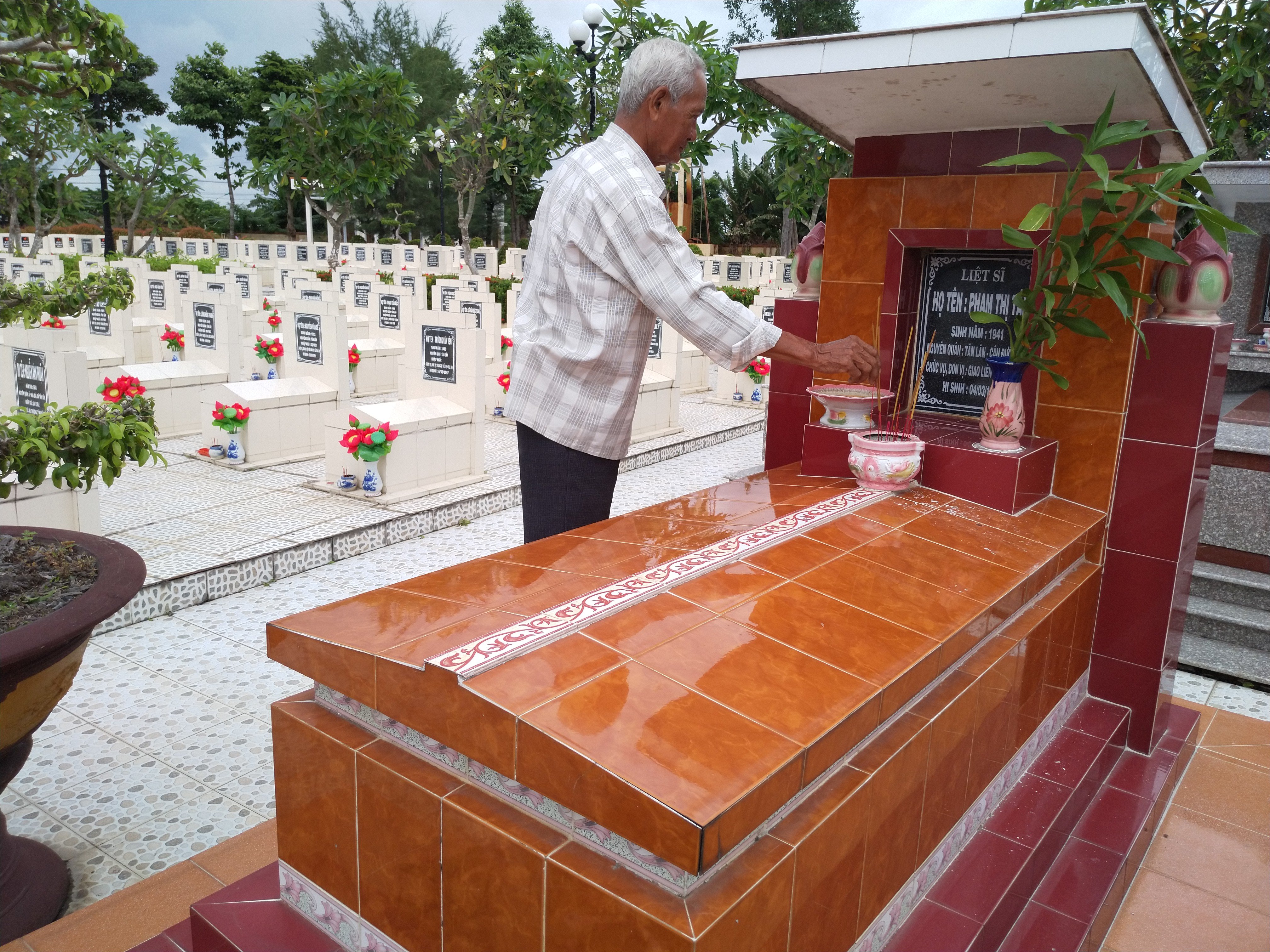
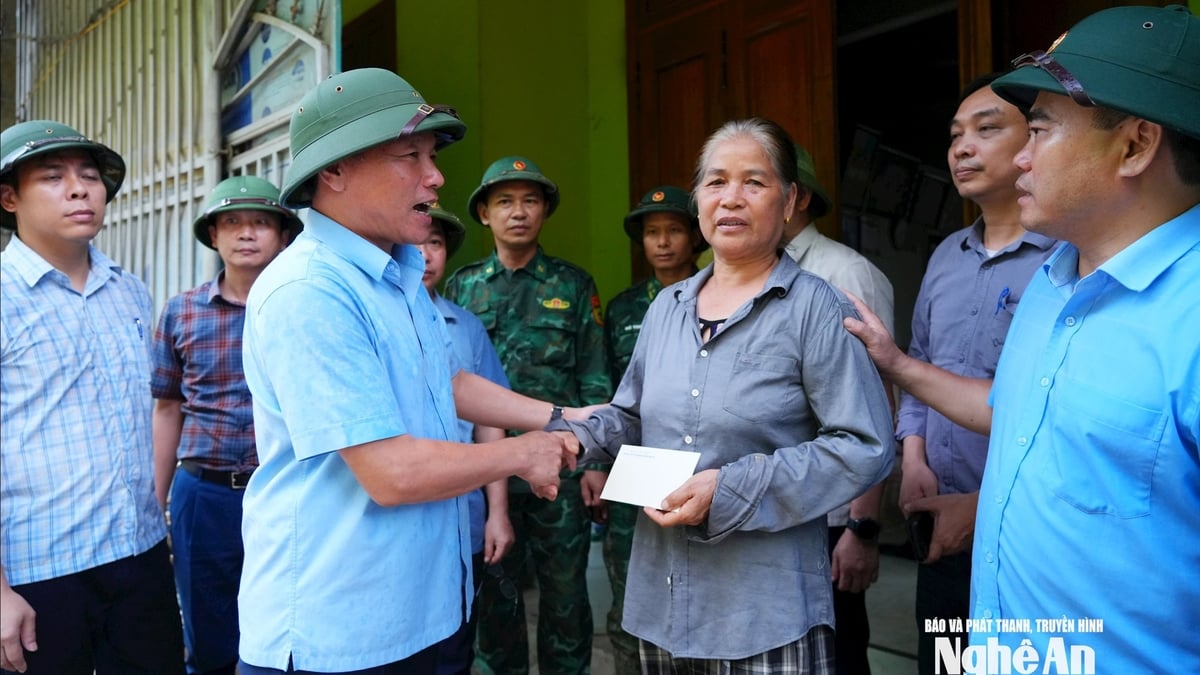
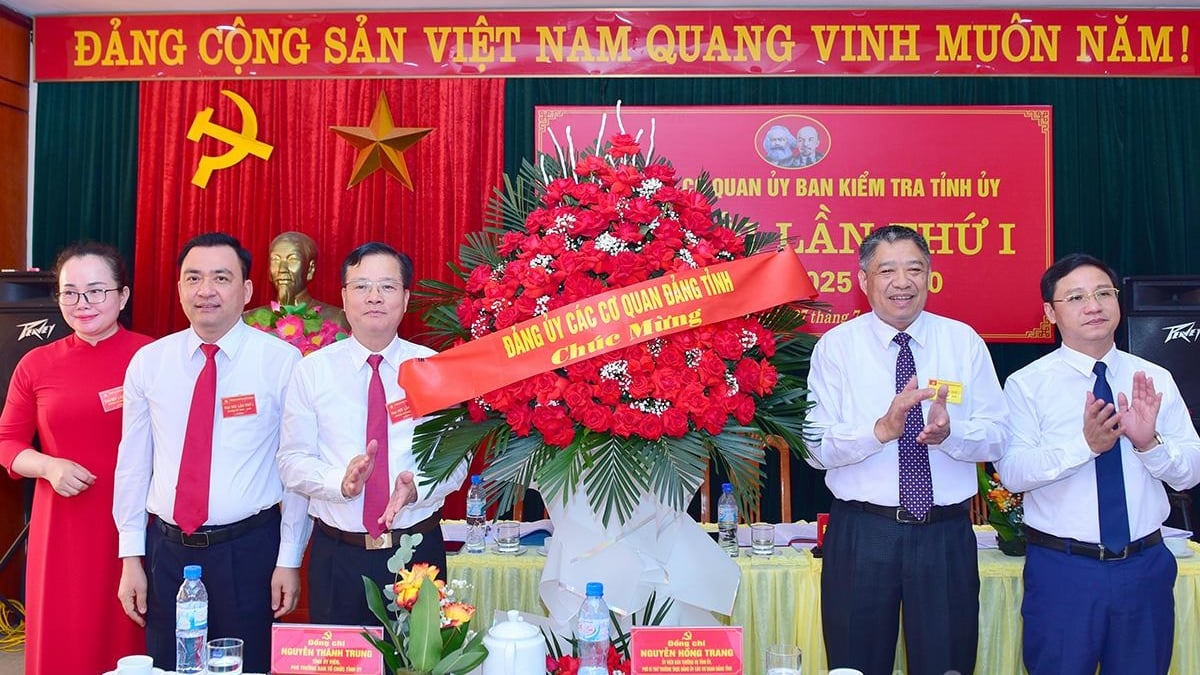





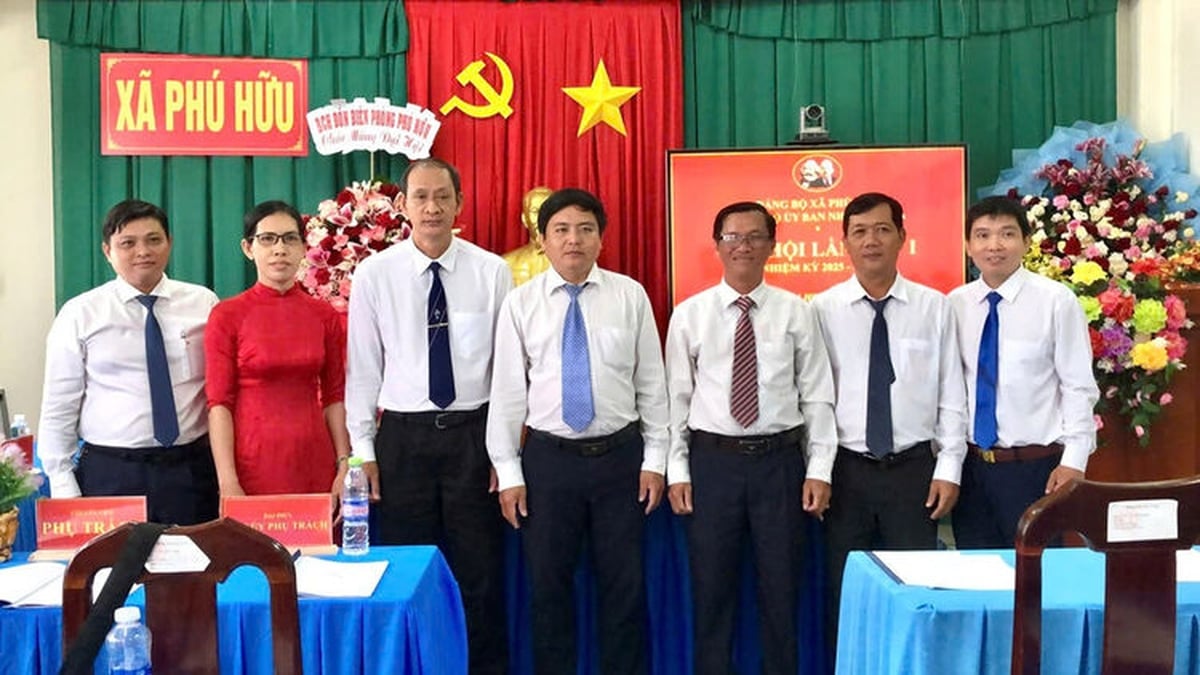
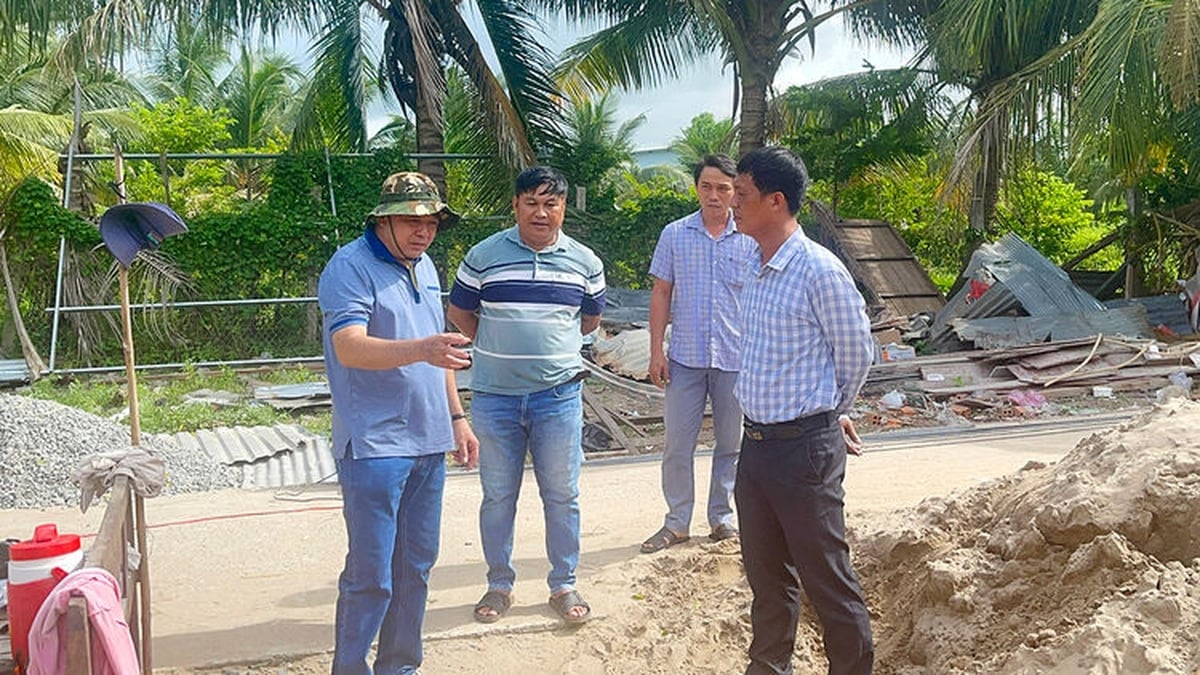
























































































Comment (0)